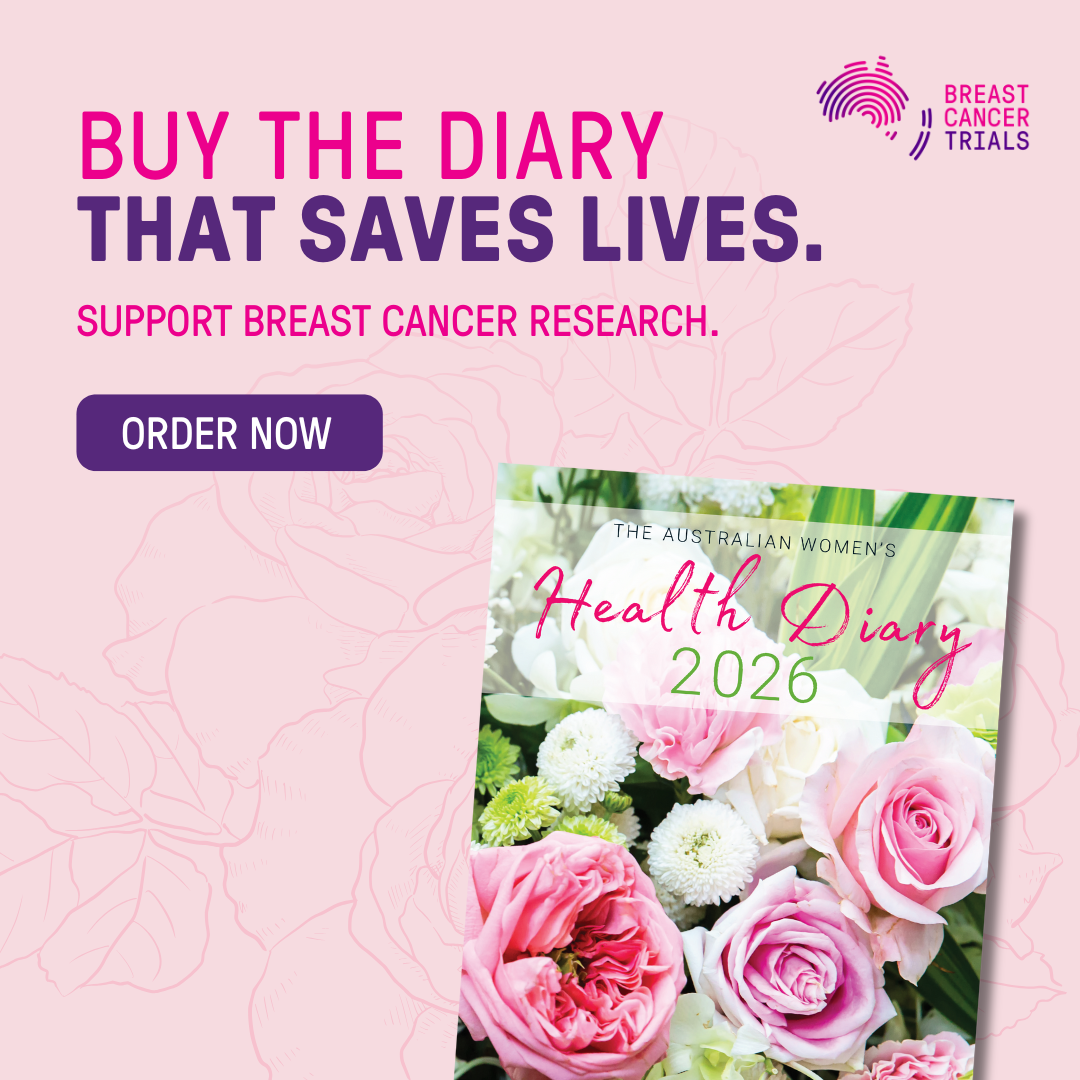In Australia, women remain less likely to enrol in science and maths degrees than men, with only 1.5 per cent of girls in NSW taking advanced mathematics, physics and chemistry. Only 35% of STEM university degrees are awarded to women in Australia, despite research from OECD’s Programme for International Student Assessment showing that boys and girls perform exactly the same in STEM subjects.
This isn’t to say that the enthusiasm for STEM isn’t there. Australian-founded programs including Code Like a Girl and Vogue Codes are inspiring a whole new generation of female web developers. When given the opportunity, girls thrive in these environments. Entrants to educational video company ClickView’s recent nationwide invention competition were 60% female, for example.
So if the knowledge and enthusiasm are there, why are university places and careers for women in STEM remaining stagnant? A number of reasons, from teacher gender stereotypes to female representation can all affect girls’ desire to choose STEM subjects and to eventually find a career in a related field.
Early anxieties
Like most paths in life, things start in the classroom. Anxieties and stereotypes around gender-based performance in STEM are a systemic problem that in many cases are passed on, often unconsciously, generation to generation, teacher to student.
Teachers’ fear and anxiety about STEM subjects, mathematics, in particular, can be an impediment to their math achievement – over and above actual math ability. One US study from 2010 found that when female elementary school teachers are anxious about their maths abilities, their anxiety carries negative consequences for the maths achievement of their female students. The study found evidence that the anxiety of female teachers affected girls’ beliefs about who is good at math, and subsequently had an effect on their own maths achievement.
Of course, no one is blaming the female teachers for their anxieties. The real problem is the system which produces teachers who, despite having a perfectly decent maths ability, still hold strong anxieties about their abilities, based purely on gender.
It’s also worth remembering that stereotypes in the classroom go beyond teachers alone. One study found that female high school students performed better when they saw chemistry textbooks containing pictures of female scientists, compared to female students who viewed textbooks containing only pictures of males.
The female Dr Karl
The media is another key factor in the debate around girls in STEM. Representation in many areas of science media is sorely lacking, whether in mainstream primetime science programs or industry-specific publications.
According to a 2019 report from the Women’s Leadership Institute Australia, women are quoted as sources in just 33% of science news stories. Another study of 468 STEM-related news articles by Australian National University senior lecturer Merryn McKinnon found that articles exclusively quoting men comprised 52% (241) of the articles examined, while only 20% (94) of articles exclusively quoted women.
The researchers provide one particularly damning example of a ‘holiday reading list’ from science magazine Cosmos, which featured nine books written or introduced by men, which were reviewed by five men.
In the mainstream media, there is a noticeable lack of female-fronted STEM-based programs, in the tradition of Dr Karl, Adam Spencer, and Brian Cox. Shows like ABC’s Catalyst are attempting to redress the balance, but there’s clearly a long way to go.
Role models are out there; it’s time to shine a light on them. Take Sally Dominguez, host of Foxtel’s Aussie Inventions That Changed The World, for example. As the inventor of the Rainwater Hog multi directional tank, Sally is an incredible role model for female STEM students. Sally is currently a judge for ClickView’s nationwide student invention competition, and no doubt has inspired the over 60% female entrants to get involved.
Finding a solution
From textbooks to teachers to TV, better female representation is a critical first step in encouraging more female students to consider STEM subjects and careers. Working to integrate more images and examples of female scientists, engineers, and mathematicians across the curriculum is a great first step.
Where possible, we should remove existing biases, especially when it comes to examinations and university applications. The Advancing Women in STEM 2020 Action Plan, for example, suggests that removing names and gender pronouns from applications can help combat gender and cultural biases. Don’t just take it from me: NASA is doing the same with applicants for its Hubble Space Telescope, with encouraging results.
Finally, teachers and parents alike should work on implementing Carol Dweck’s growth mindset theory with their students, in order to combat any in-built beliefs that they simply can’t do a particular subject.
Children with a growth mindset believe that they can get better at something by practising, as opposed to children with a fixed mindset, who are prone to giving up on challenging tasks quickly and avoiding things they’ve failed at before. Building a growth mindset is a great way to overcome anxieties around particular subjects, and in turn, could help encourage girls’ belief in their own abilities when it comes to STEM subjects.
Clearly, the solutions are in our grasp. If we want to see a thriving industry filled with female scientists, tech entrepreneurs, engineers, and mathematicians, it’s high time we put words into action.


